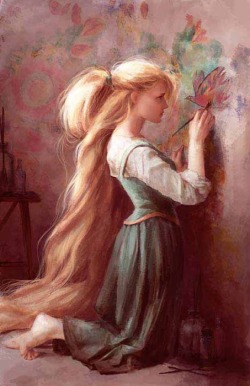Comparing the original Hansel and Gretel tale with the MGM film version, there are lots of noticeable similarities and differences. To start with the similarities, the main characters, Hansel and Gretel, the father figure, and the witch are the same. In both versions, the children get lost in the woods and stumble upon a house that seemed friendly. Both versions, also, display Hansel being the first target of food for the witch and Gretel, not only saves both their lives, but kills the evil witch. Hansel also tricks the witch by giving her a chicken bone for her to feel. The evil witch also died in her own oven in both versions. Both tales also depict the families to be extremely poor.
Now looking at the differences in both tales, the film version is remarkably different in comparison. To start with, the mother in the film version is actually a stepmother in the original who wants to abandon the children in the woods. In the original tale, the mother and father try to lose the kids twice in the woods and they find their way back the first time, compared to the only time they get lost hunting for berries in the MGM version. In the original version, the father is extremely guilty for what he has agreed to do, while in the film, the mother and father are equally worried for the wellbeing of their children. In the film, the witch’s house is made of gingerbread with children baked as cookies outside her house, while the original version, the house is just made of bread. In the original version, Gretel pushed the witch into her own oven to trick her and kill her, but in the film, Gretel uses the witch’s magic against her to switch places with Hansel before he got baked. Also, in the original version, the siblings find their way back home by riding a magical duck, while in the film, the children save all the kids and find their father out in the woods searching for them.
Despite the drastic changes made, the true love of a sibling holds true in both versions. The movie directors made these challenges to make the tale more appealing to an audience. There is no sexual factor in the tale, just the story of parental abandonment for food and the sibling love for each other. The movie directors, also made the tale more whimsical and child friendly by making the house be made of candy.































